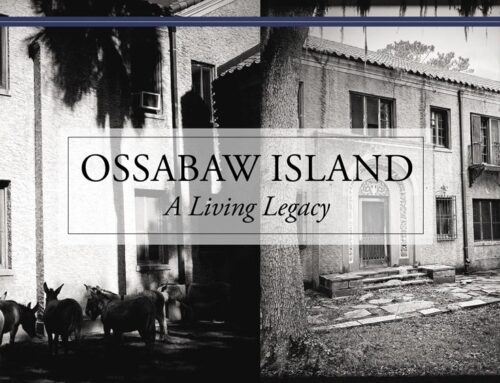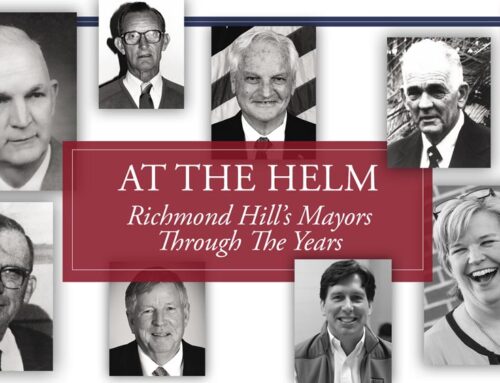
On the Threshold of Change
Pembroke is Rising Again
WORDS BY BEN MERRILL PHOTOS CONTRIBUTED BY FRIENDS OF THE TOS THEATER
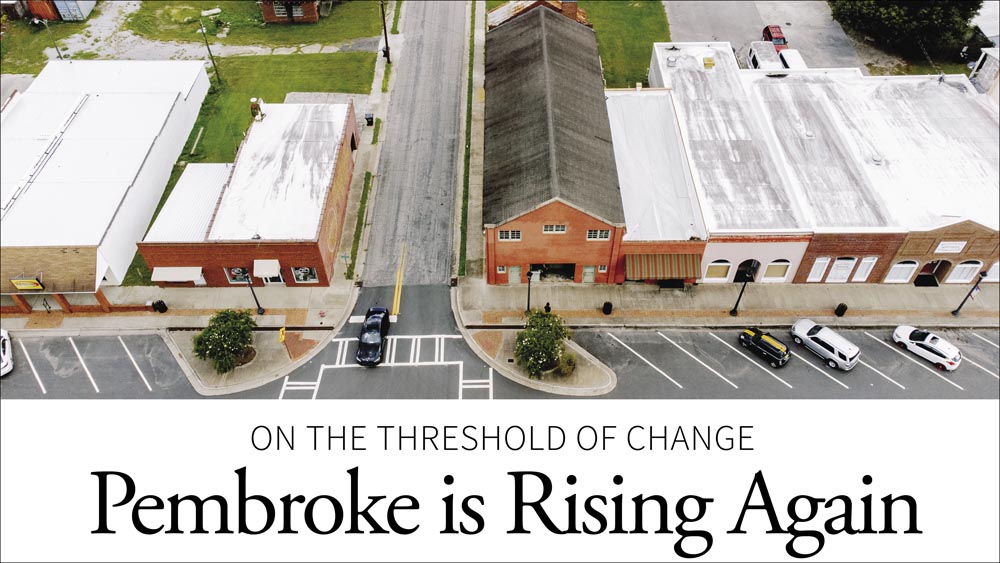
Bryan County is loaded with best-kept secrets—from its stunning marsh views to private deep water creeks to Civil War era battlefields and bunkers. For the weekend—or lifetime—adventurer, there is much to be discovered right here in our own backyard. But in the northern part of the county, there is another best kept secret that’s about to be let out of the bag: the locals call it the TOS theater; but in reality, it’s the entire
City of Pembroke.
Originally built in 1939 by Claxton baker Savino Gillio Tos—better known as the man who started the bakery that ultimately created the Claxton fruitcake—“the TOS” was home to movies and stage plays throughout the early part of the last century. One of five theaters built by Tos in the 1920s and 1930s, the Pembroke TOS closed its doors in 1972. The building served as a carpet warehouse and storage facility in the 1980s and 90s, but for the last 20 years, it has largely sat empty—its folding chairs, balcony, and bathrooms slowly giving way to time and decay. But the TOS—and the city of Pembroke—are both on the threshold of something close to a renaissance.
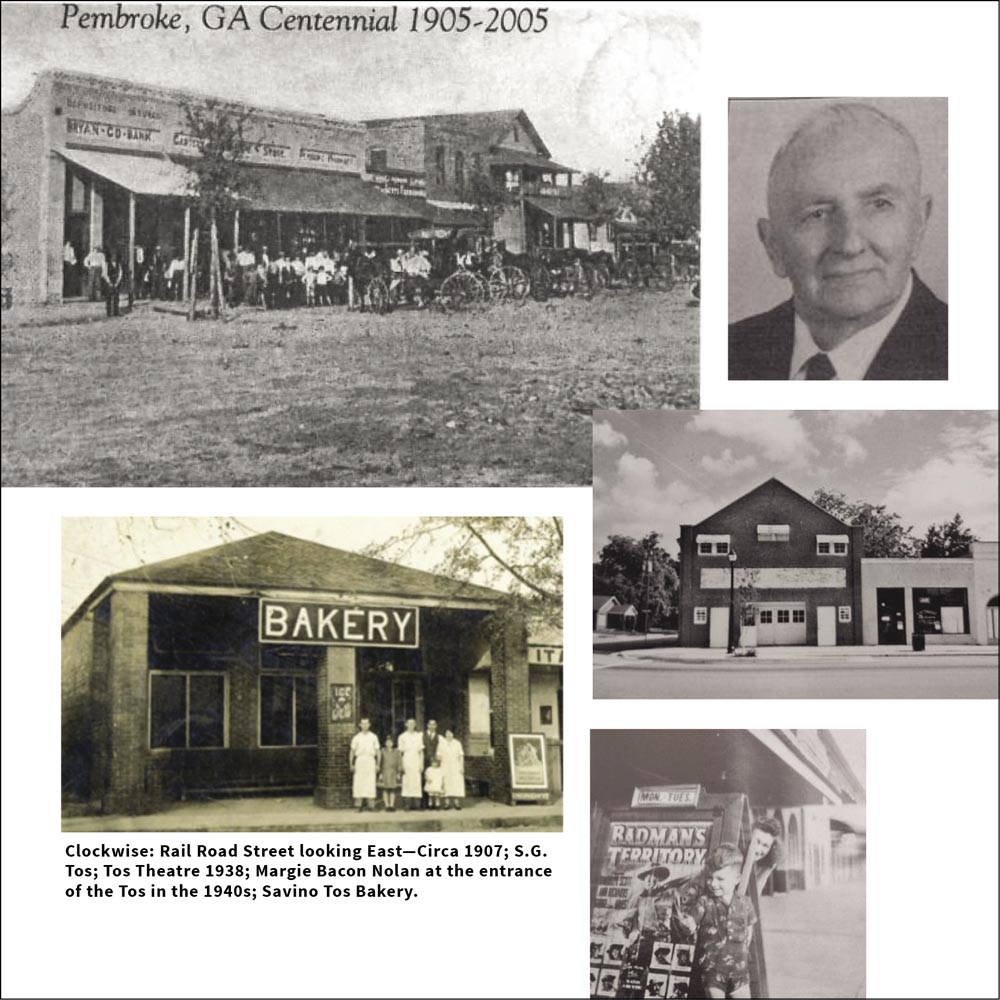
“This really is an amazing building,” says Elizabeth Norman, President of the Friends of the TOS, who are hoping to renovate and revitalize the structure in the very near future. “It is well built, it has a ton of potential, and it just so happens to sit right in the middle of downtown. And downtown, by the way, wasn’t always the sleepy city center it is today. Throughout much of the 20th century—and really, right up until the 1980s—the happening place in Bryan County was not Richmond Hill, but the City of Pembroke.”
Pembroke got its beginnings in the 1890s when the railroad was extended to accommodate the turpentine industry. Families began moving to Pembroke by the hundreds for its arable farm land, proximity to Savannah, and quiet country lifestyle—features it still boasts to this day. The county seat was moved from nearby (and now extinct) Clyde in 1937; and when the city of Clyde was dismantled and burned in the early 1940s to build Fort Stewart, another wave of people—some willingly, some reluctantly—found their way up what is today Route 119. Some even brought their houses and buildings along with them. Self-contained and bordered by acres of pine forest, the city had everything its residents needed—industry, grocery markets, clothing, dry goods, hardware stores, schools, and even a couple of car dealerships. By 1938, the city boasted a brand new courthouse. What it didn’t have, however, was a gathering place for culture and entertainment. “The TOS,” Norman says,“filled that gap, bringing films, stage plays, and entertainment to the growing and thriving city.”
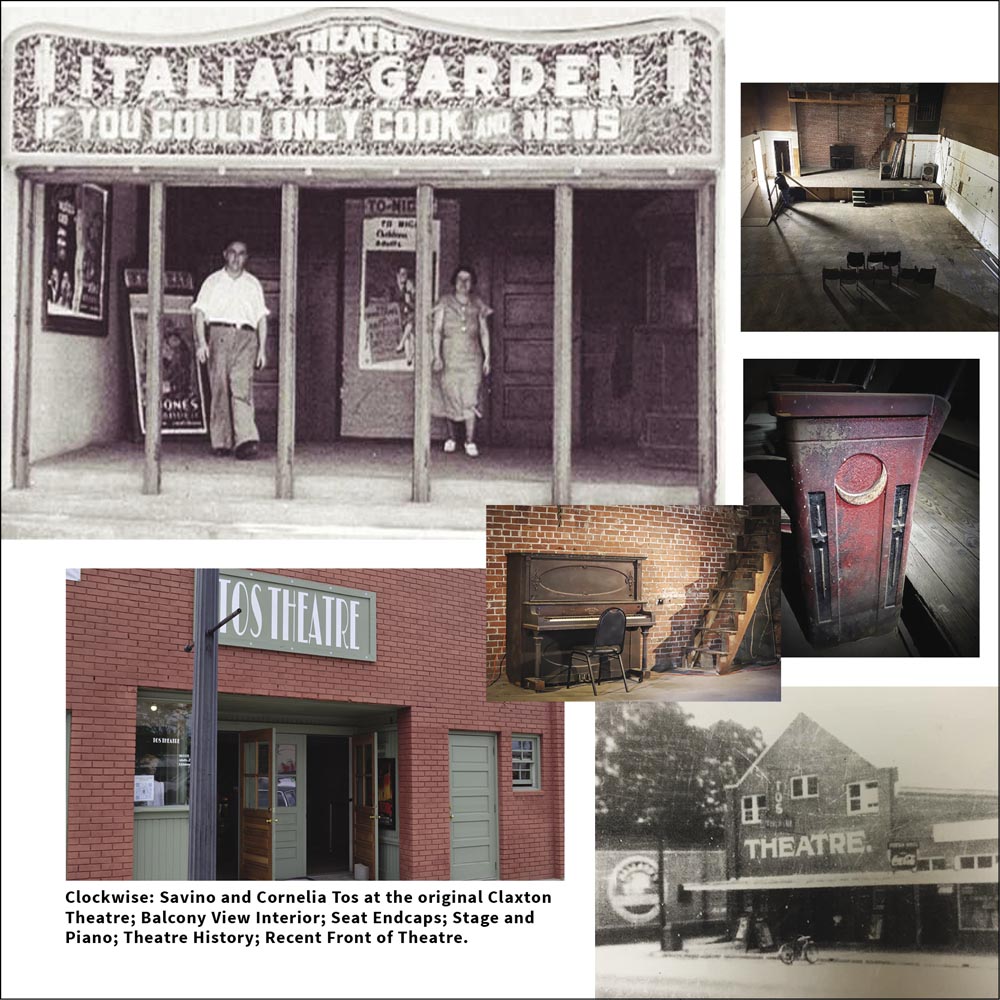
As the century progressed, so did Pembroke, and by 1980, the city boasted a population of over 1,400 people. “Just to put that in perspective,” notes Friends of the TOS Secretary Ken Copi, “even as late as 1980, Pembroke was the largest city in the county—significantly larger than dusty Richmond Hill with its 1,100 people. Pembroke was the county seat and Pembroke was where things were happening.”
But then, it seems, both progress and growth came to a halt. The families who’d settled the town in the early part of the century—names like Schuman, Lanier, Warnell, Bacon, Hughes and more—were still here, as were their children. But the younger generation was moving away. And while nearby Pooler and Richmond Hill began to grow and expand exponentially—fueled in part by the completion of Interstate 95—Pembroke stayed fairly self contained and isolated. “Today,” Norman says, “we’re mostly a town of retired military people and descendants of the original families who settled here. But, with the advent of the new Hyundai mega plant and the acres of vacant county land surrounding us, we can almost hear the footsteps of the thousands of families who are coming. And we want to be ready for them.”
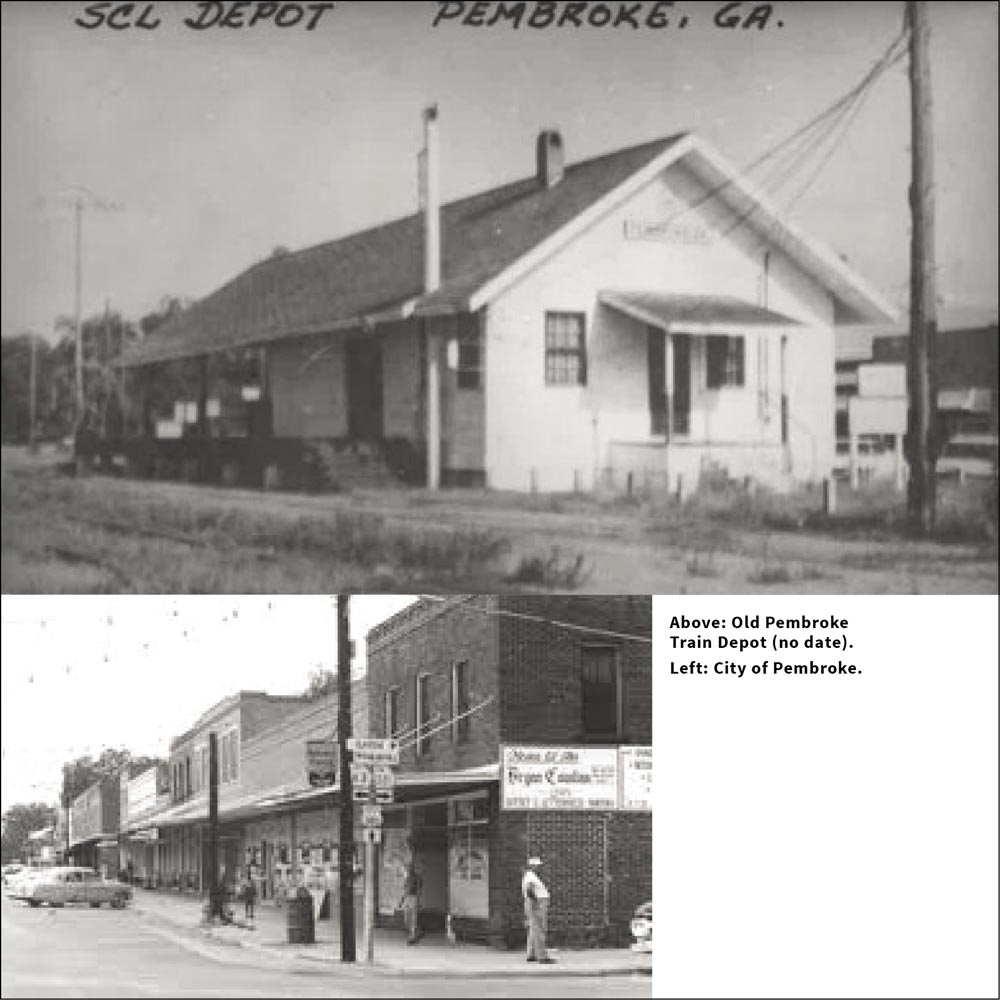
Part of “getting ready for them” she stresses includes restoring the TOS—complete with new seating, new stage, state-of-the-art audio/visual equipment, and so much more to create a place for locals to celebrate their lives and achievements, whether it’s dance recitals, graduations, weddings, and more. “What we want to create,” she says, “is a cultural area downtown that can be utilized by many and enjoyed by all. And as more people come in to enjoy a movie or a play or some other kind of event, the restored theater may also function as a catalyst that will bring even more businesses back to the center of town.”
So what—if anything —is standing in the way of progress? The simple answer, all agree, has been money. But now, even that is beginning to flow in. Efforts by the Friends of TOS to restore the downtown landmark were given a boost last November when the Atlanta-based Fox Theater Institute announced a $25,000 grant to fund planning and architectural designs, in addition to the $75,000 it awarded the project earlier in the year. The city of Pembroke then gave it a further boost by matching those dollars, and just this past March, Pembroke’s City Council allocated $1 million in SPLOST funds to help bring the project to fruition.
Kaitlyn Capper serves as Vice President of the Friends, and she couldn’t be more excited about the possibilities around bringing the TOS, and its corner of Bacon Street, back to life. “We’re going to restore this local treasure well beyond its former glory,” she says, “and in the process, we’re hoping to bring new life back to this amazing little community. Our plan is to expand the stage, so we will be able to do live theater, dance recitals and pageants; it’ll be a space where students in the high school film classes can showcase their work. Even the movie industry, which has a growing presence here in Georgia, could use the place to shoot—and premier—films. We’re going to put in a catering kitchen, concession stands, modern bathrooms, an outdoor event space next door and we’re hoping to renovate a neighboring building into a bistro where theater goers can eat and socialize before or after performances. The goal is to attract visitors, businesses, restaurants, and, by extension, investment in this special corner of Bryan County.”
“And,” she quickly adds, “we feel pretty strongly the community will support our efforts. I personally have been so gratified by the level of enthusiasm this project has generated already. We have held community events, visited festivals and conferences, spoken with residents for feedback, and across the board, we’ve received nothing but positive comments. We’re still going to need some financial help, but we’ve now got our 501(c)(3) tax exempt status, and we’ll soon be launching a capital fundraising campaign to get the real reconstruction work started. In addition to the grants we’ve received, we estimate we’ll still need to raise somewhere in the range of $1.5 million.”
“As we think about the waves of people who will be moving here in the next few years,” Norman says, “I believe—we all believe—that we’ve got a once-in-a-lifetime opportunity to preserve and enhance downtown Pembroke’s unique character, and bringing back the TOS will be a big part of that effort.”
“Right now,” she continues, “people have to drive into Pooler or Statesboro to see a film or do a major shopping. Families who have kids in dance class here have to drive all the way into Hinesville for their recitals. Our local high school doesn’t have an auditorium. With the growth that’s coming, it’s time to bring all of that back home to Pembroke.”
As Pembroke gets ready for the influx of new families seeking jobs, a small country town, and a quieter lifestyle, the Friends of the TOS are getting ready to provide an arts and cultural center reminiscent of simpler times. They have had the land surveyed, title searches performed, hazardous materials studies done, and are now undergoing final architectural studies and designs. They had an abatement team come in and remove the lead paint, and using money from the Fox grant and matching funds, Lott & Naugle Architects of Savannah are completing the designs. “We want to do this right,” Capper says. “We want to build something the community will be proud of—something that will help us attract and retain younger families. We have the location and the passion—what we need now is the financial support of our local community to make it all come together.”
If the Friends of TOS have their way, it will all come together before the waves of new families arrive. Learn more about the project or make a donation, visit: tostheatre.org.












